We all know carriage bolts, but they have several types that find particular use in different fields. This article will give you an overview of the various kinds of carriage bolts, highlighting their unique attributes and applications.
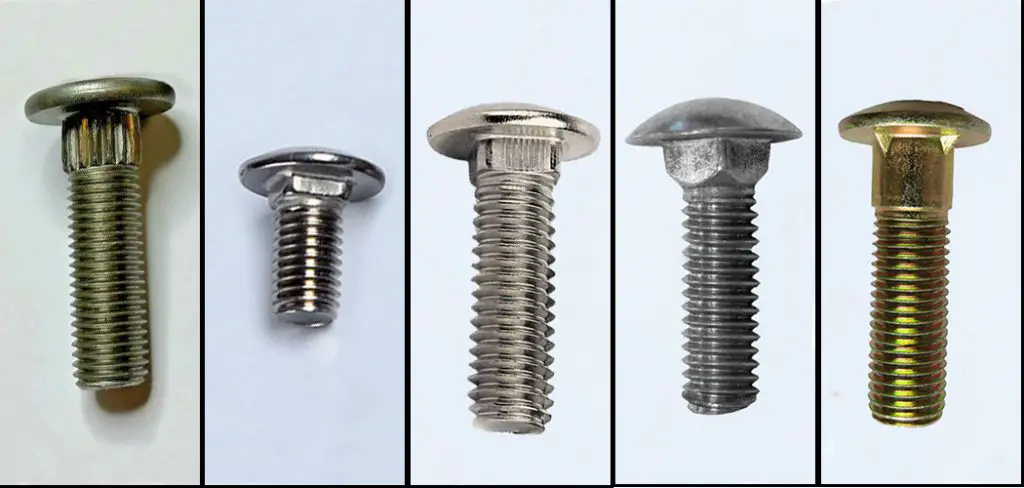
Different Types Of Carriage Bolts
Each component of a carriage bolt—the neck, head, threaded body, and grade—comes in various types, each with distinct characteristics. By discussing them individually, we can better understand the differences between them:
Based on Neck Design
Ribbed Neck
Ribbed Neck Carriage Bolts feature a unique ribbed neck design instead of the conventional square neck. This innovative design offers several advantages, including improved grip and enhanced resistance to rotation.
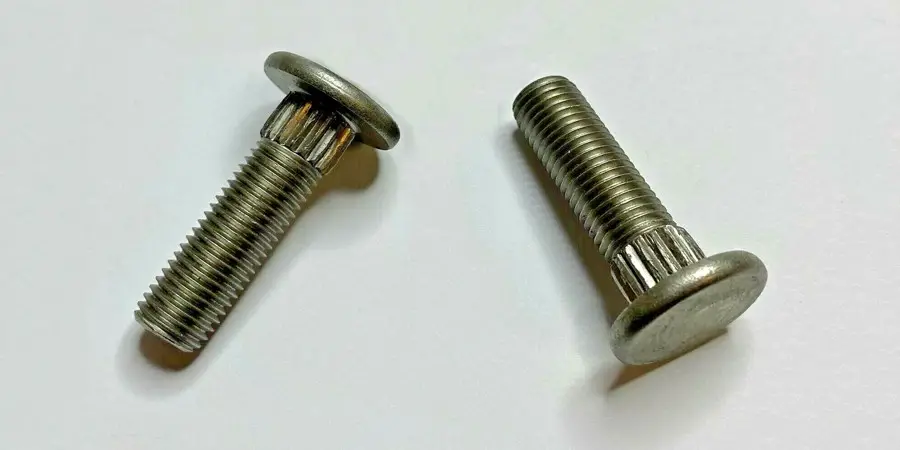
One notable benefit of this bolt is its easy installation process, eliminating the need for a separate hole to accommodate the neck. However, it is worth noting that the smaller grips of these bolts may not provide optimal traction on softwood, mainly when utilized for heavy-duty applications.
Short Neck
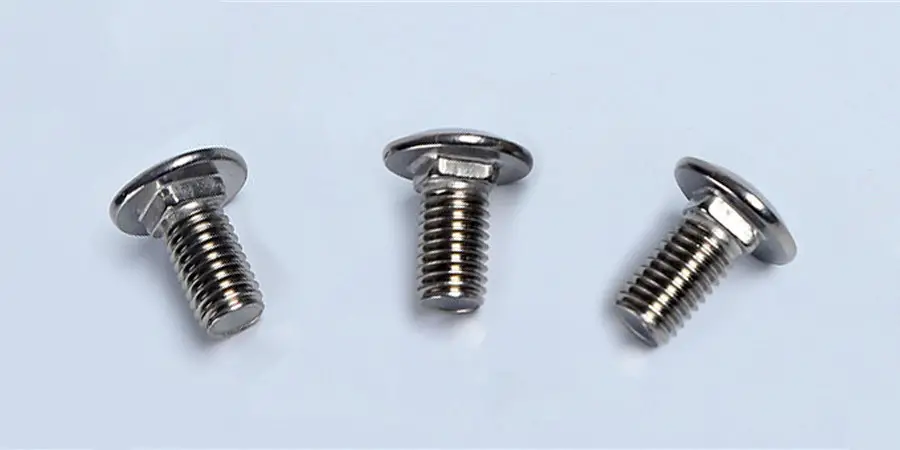
A slightly shorter neck grip section characterizes these particular Carriage Bolts. They are primarily intended for securing wood to metal. While they can also be employed for fastening two wooden pieces together, it’s important to note that their grip may not be as firm as that of a standard carriage bolt.
Square Neck
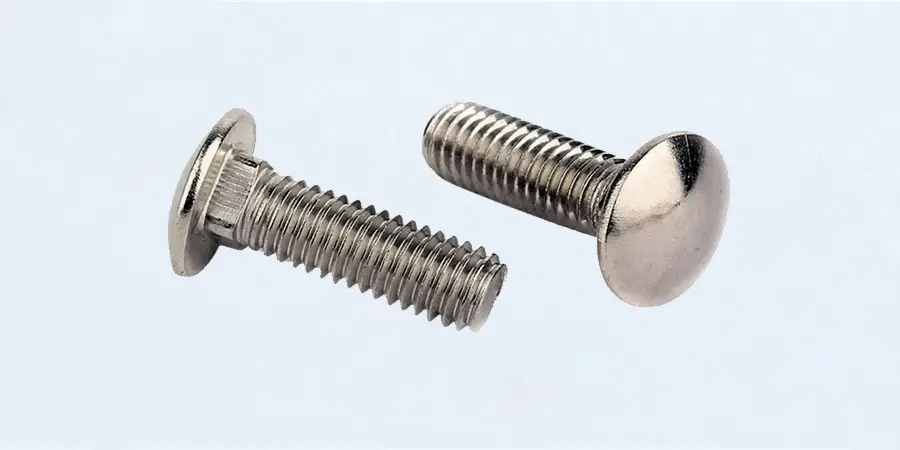
It features a square-shaped neck, providing a relatively lower level of grip than other Carriage Bolts. However, this reduced grip is typically fine for lighter-weight tasks.
Pentagon Neck
This type is the standard shape. It features a neck with an additional component resembling a pentagon shape or nut. This design enables effective fastening both between metal and wood, as well as between two wooden surfaces.
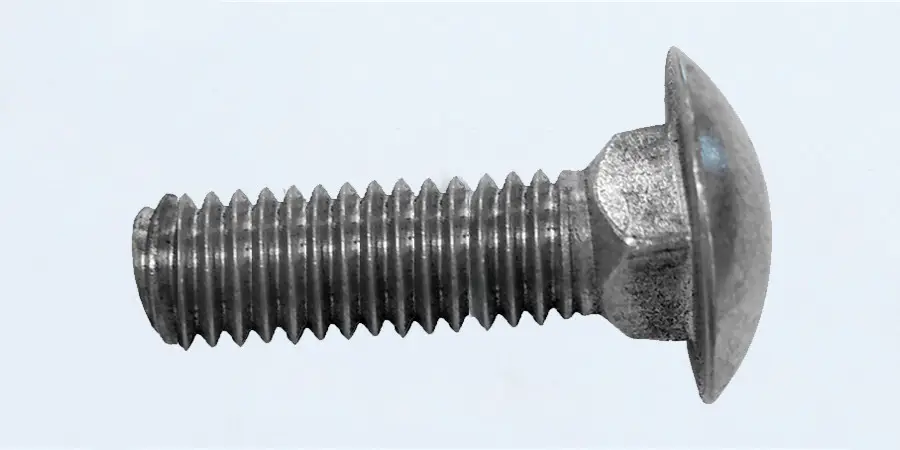
However, some individuals prefer alternative neck types due to the requirement of drilling a separate hole to accommodate the pentagon shape, leading to a tendency to avoid this particular bolt variant.
Fin Neck
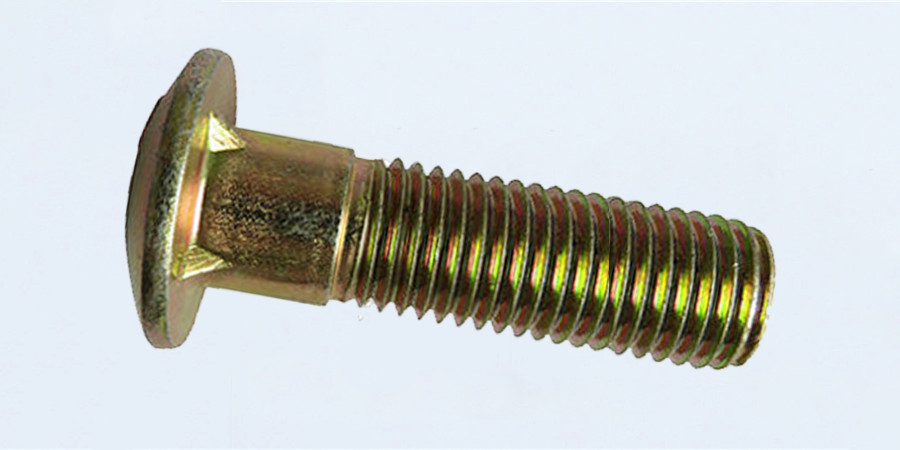
Carriage bolts with fin necks are known for having the lowest level of grip among different Carriage Bolt variations. These bolts have a fin-like extension on the neck, providing a standard basic grip.
Based on Head Design
Mushroom Head or Round Head
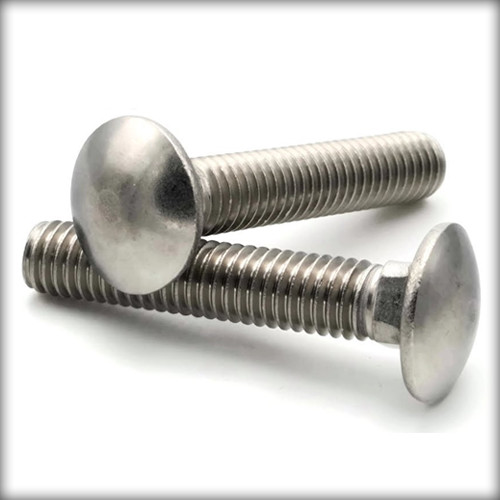
Mushroom head carriage bolts derive their name from their distinctive round dome-shaped head. These bolts provide an elegant aesthetic touch. While they don’t possess any particular functional features, their design adds a touch of style to various applications.
Flat Head
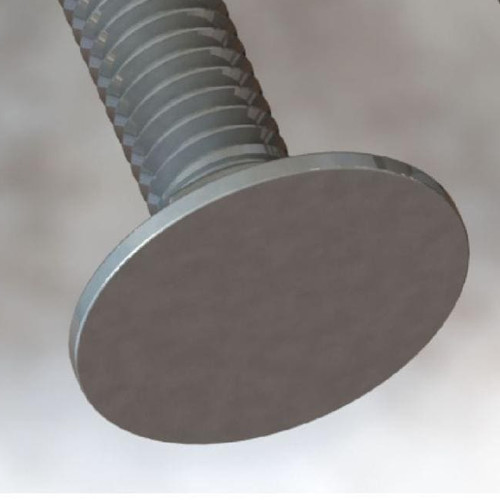
Flathead carriage bolts have a flat head, which allows them to sit flush with the surface when installed. This design enables them to be used in applications where a smooth and streamlined finish is desired. The flat head also reduces the risk of snagging or catching on objects, making it suitable for specific woodworking or construction projects.
Based On Threaded Body
Partially Threaded Carriage Bolts
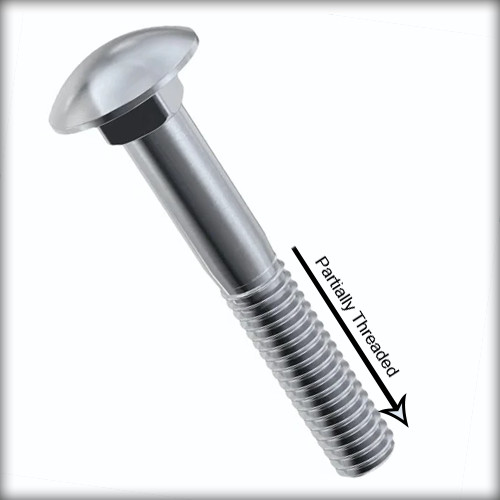
Partially threaded carriage bolts have a threaded body that extends only partially along the shank. The unthreaded portion allows for a smooth transition between materials, such as wood and metal, while the threaded portion provides secure fastening.
Fully Threaded Carriage Bolts
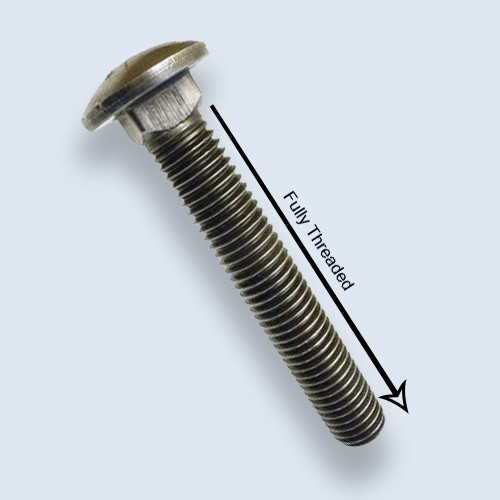
Fully threaded carriage bolts have threading that extends along the entire length of the shank. This design allows for versatile use in applications requiring consistent and complete thread engagement. Fully threaded carriage bolts are commonly used in situations where the entire bolt length needs to be secured, or additional nuts or washers are necessary.
Carriage Bolts Material and Quality
Steel carriage bolts are widely used and come in different grades, such as low carbon steel (Grade 2), medium carbon steel with heat-treated (Grade 5), medium carbon alloy steel with heat-treated (Grade 8), and austenitic alloy stainless steel (Upper grade). Also, Some carriage bolts have a galvanized zinc finish. The grade determines the bolt’s tensile strength, with higher rates providing greater strength and durability.
Conclusion
Remember to prioritize safety, reliability, and efficiency as you embark on your fastening journey. By selecting the right carriage bolt and understanding its characteristics, you can ensure the long-term success of your project while achieving the desired functionality and visual appeal.
Also, don’t hesitate to share this information with your friends, colleagues, or fellow DIY enthusiasts. By spreading awareness and knowledge about the different types of carriage bolts, you can help others make informed choices and enhance the quality and safety of their projects.
Read More Related Article:

